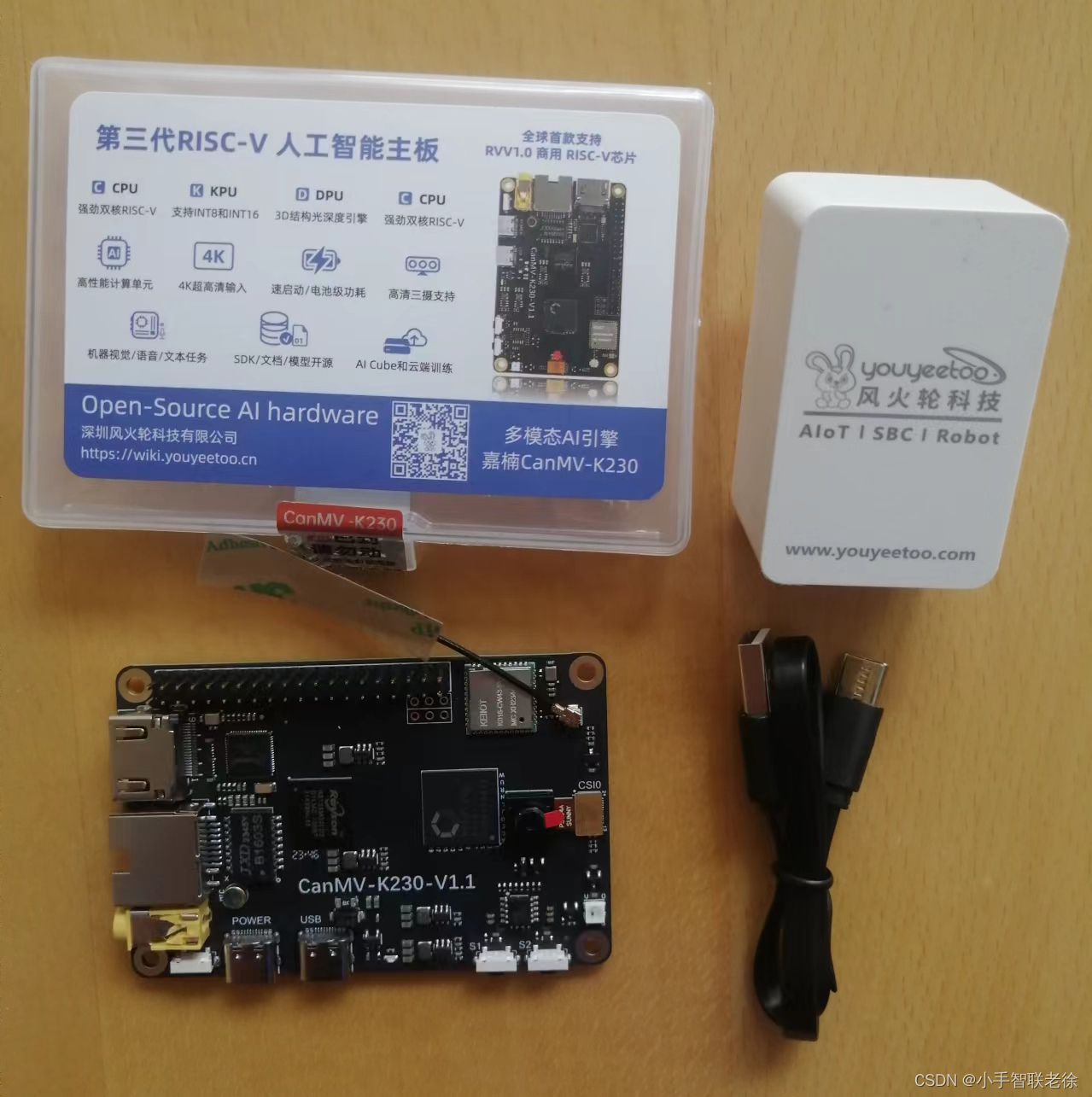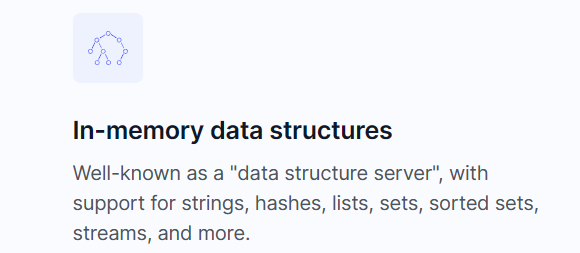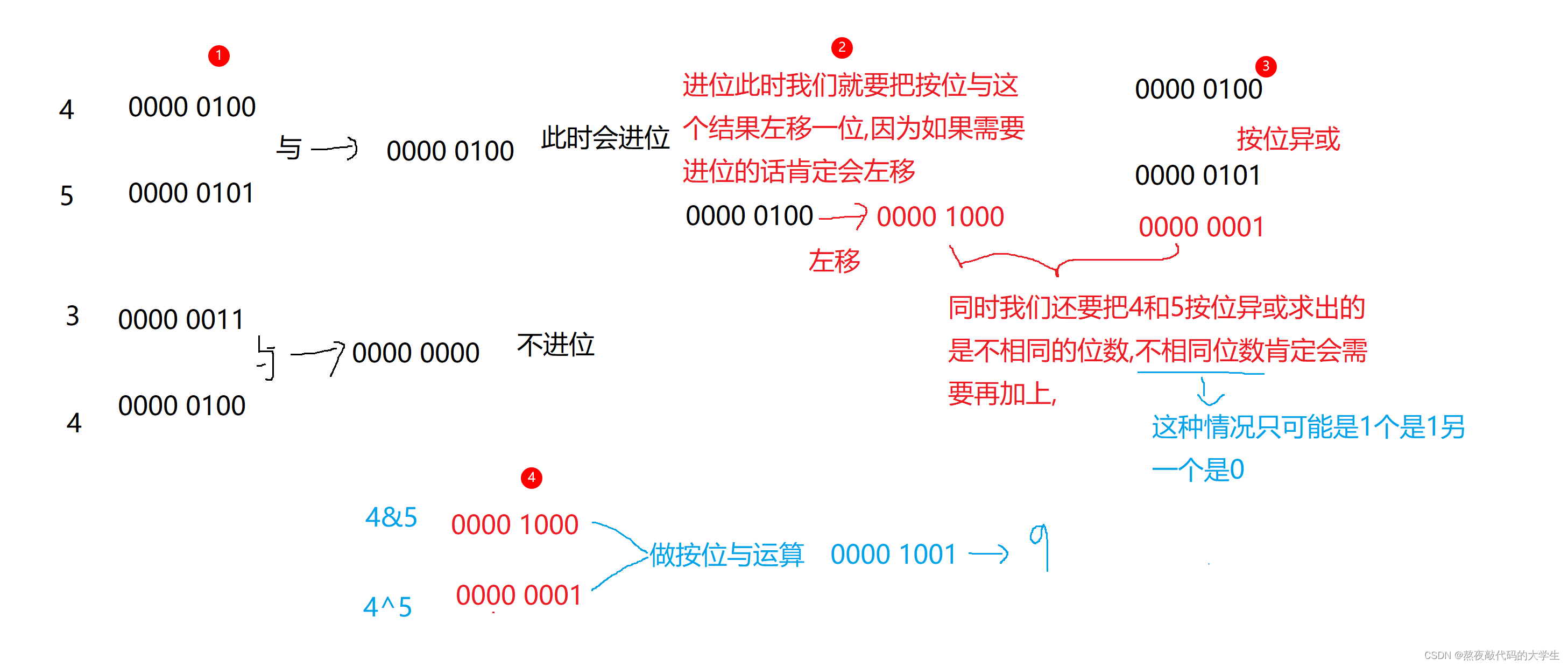1.创建私有 Spec 仓库
首先,需要一个私有的 Git 仓库来存放你的 Podspec 文件,这个仓库用于索引你所有的私有 Pods。
- 在 GitHub 或其他 Git 服务上创建一个新的私有仓库,例如,名为
PrivatePodSpecs。 - 克隆这个仓库到本地:
$ git clone https://github.com/yourusername/PrivatePodSpecs.git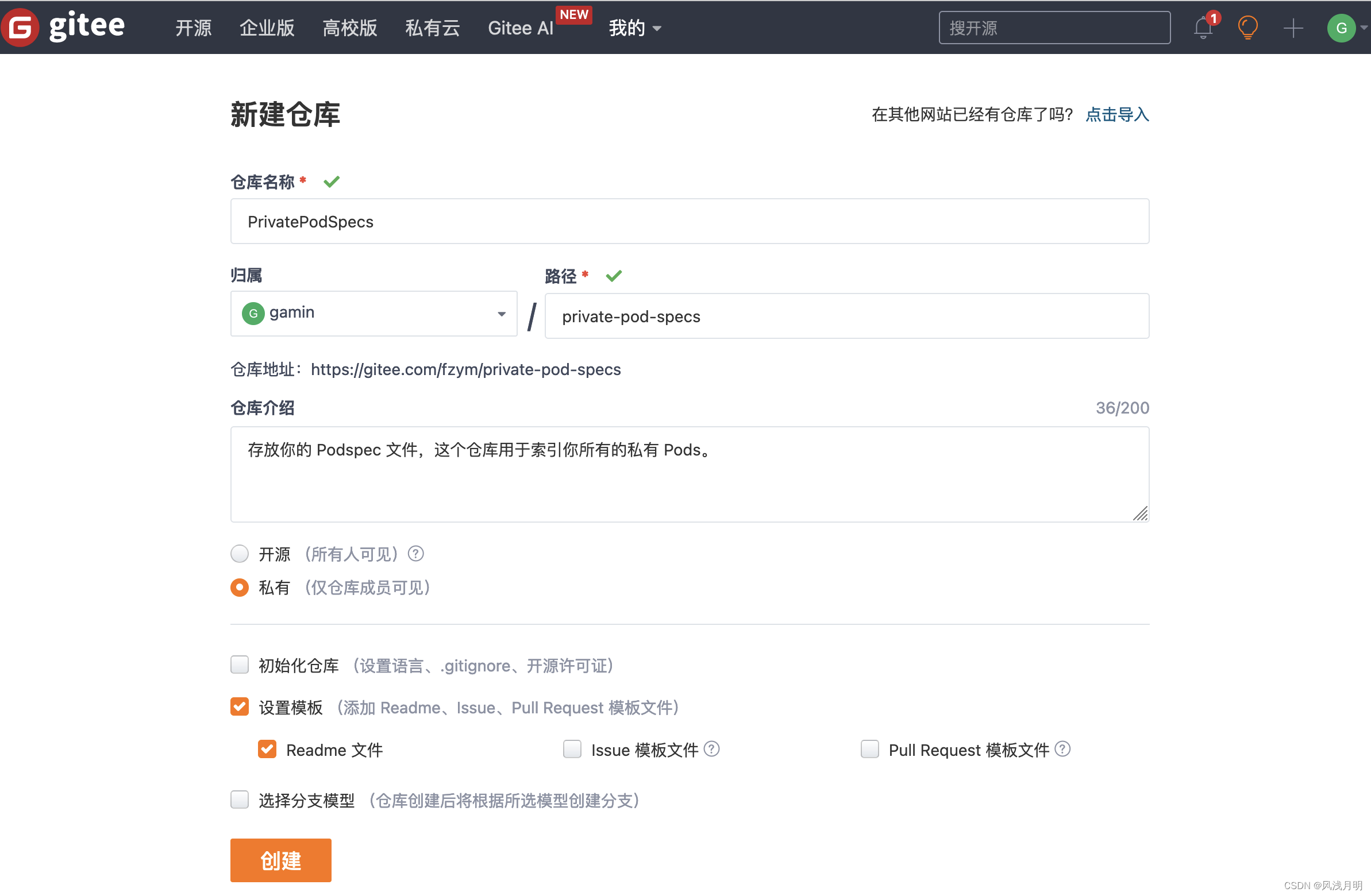

2.准备你的组件库
确保你的库的代码已经在一个可访问的 Git 仓库中(比如 GitHub 的私有仓库)。库中应该包含:
- 所有源代码
- 许可证文件
- README 文件,说明库的功能和使用方法
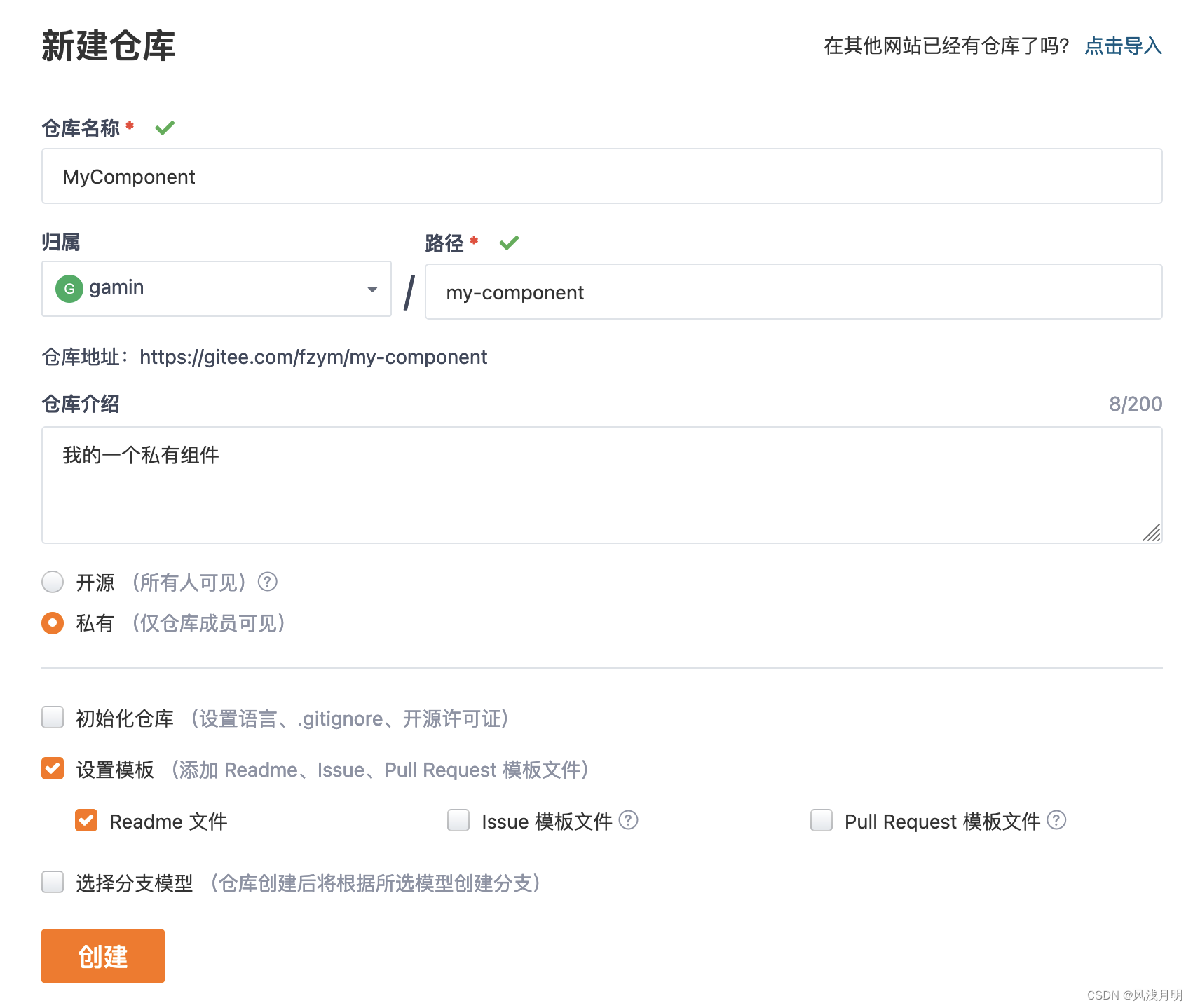
3.创建 Podspec 文件
在你的库项目的根目录下,执行以下命令来创建一个基本的 Podspec 文件:
$ pod spec create YourLibrary这将创建一个名为 YourLibrary.podspec 的文件,其中 YourLibrary 是你的库的名字。CocoaPods 会自动填充一些基本的模板内容到这个文件中。
#
# Be sure to run `pod spec lint MyComponent.podspec' to ensure this is a
# valid spec and to remove all comments including this before submitting the spec.
#
# To learn more about Podspec attributes see https://guides.cocoapods.org/syntax/podspec.html
# To see working Podspecs in the CocoaPods repo see https://github.com/CocoaPods/Specs/
#
Pod::Spec.new do |spec|
# ――― Spec Metadata ―――――――――――――――――――――――――――――――――――――――――――――――――――――――――― #
#
# These will help people to find your library, and whilst it
# can feel like a chore to fill in it's definitely to your advantage. The
# summary should be tweet-length, and the description more in depth.
#
spec.name = "MyComponent"
spec.version = "0.0.1"
spec.summary = "A short description of MyComponent."
# This description is used to generate tags and improve search results.
# * Think: What does it do? Why did you write it? What is the focus?
# * Try to keep it short, snappy and to the point.
# * Write the description between the DESC delimiters below.
# * Finally, don't worry about the indent, CocoaPods strips it!
spec.description = <<-DESC
DESC
spec.homepage = "http://EXAMPLE/MyComponent"
# spec.screenshots = "www.example.com/screenshots_1.gif", "www.example.com/screenshots_2.gif"
# ――― Spec License ――――――――――――――――――――――――――――――――――――――――――――――――――――――――――― #
#
# Licensing your code is important. See https://choosealicense.com for more info.
# CocoaPods will detect a license file if there is a named LICENSE*
# Popular ones are 'MIT', 'BSD' and 'Apache License, Version 2.0'.
#
spec.license = "MIT (example)"
# spec.license = { :type => "MIT", :file => "FILE_LICENSE" }
# ――― Author Metadata ――――――――――――――――――――――――――――――――――――――――――――――――――――――――― #
#
# Specify the authors of the library, with email addresses. Email addresses
# of the authors are extracted from the SCM log. E.g. $ git log. CocoaPods also
# accepts just a name if you'd rather not provide an email address.
#
# Specify a social_media_url where others can refer to, for example a twitter
# profile URL.
#
spec.author = { "" => "" }
# Or just: spec.author = ""
# spec.authors = { "" => "" }
# spec.social_media_url = "https://twitter.com/"
# ――― Platform Specifics ――――――――――――――――――――――――――――――――――――――――――――――――――――――― #
#
# If this Pod runs only on iOS or OS X, then specify the platform and
# the deployment target. You can optionally include the target after the platform.
#
# spec.platform = :ios
# spec.platform = :ios, "5.0"
# When using multiple platforms
# spec.ios.deployment_target = "5.0"
# spec.osx.deployment_target = "10.7"
# spec.watchos.deployment_target = "2.0"
# spec.tvos.deployment_target = "9.0"
# spec.visionos.deployment_target = "1.0"
# ――― Source Location ―――――――――――――――――――――――――――――――――――――――――――――――――――――――――― #
#
# Specify the location from where the source should be retrieved.
# Supports git, hg, bzr, svn and HTTP.
#
spec.source = { :git => "http://EXAMPLE/MyComponent.git", :tag => "#{spec.version}" }
# ――― Source Code ―――――――――――――――――――――――――――――――――――――――――――――――――――――――――――――― #
#
# CocoaPods is smart about how it includes source code. For source files
# giving a folder will include any swift, h, m, mm, c & cpp files.
# For header files it will include any header in the folder.
# Not including the public_header_files will make all headers public.
#
spec.source_files = "Classes", "Classes/**/*.{h,m}"
spec.exclude_files = "Classes/Exclude"
# spec.public_header_files = "Classes/**/*.h"
# ――― Resources ―――――――――――――――――――――――――――――――――――――――――――――――――――――――――――――――― #
#
# A list of resources included with the Pod. These are copied into the
# target bundle with a build phase script. Anything else will be cleaned.
# You can preserve files from being cleaned, please don't preserve
# non-essential files like tests, examples and documentation.
#
# spec.resource = "icon.png"
# spec.resources = "Resources/*.png"
# spec.preserve_paths = "FilesToSave", "MoreFilesToSave"
# ――― Project Linking ―――――――――――――――――――――――――――――――――――――――――――――――――――――――――― #
#
# Link your library with frameworks, or libraries. Libraries do not include
# the lib prefix of their name.
#
# spec.framework = "SomeFramework"
# spec.frameworks = "SomeFramework", "AnotherFramework"
# spec.library = "iconv"
# spec.libraries = "iconv", "xml2"
# ――― Project Settings ――――――――――――――――――――――――――――――――――――――――――――――――――――――――― #
#
# If your library depends on compiler flags you can set them in the xcconfig hash
# where they will only apply to your library. If you depend on other Podspecs
# you can include multiple dependencies to ensure it works.
# spec.requires_arc = true
# spec.xcconfig = { "HEADER_SEARCH_PATHS" => "$(SDKROOT)/usr/include/libxml2" }
# spec.dependency "JSONKit", "~> 1.4"
end
4.编辑 Podspec 文件
打开 YourLibrary.podspec 文件,在编辑器中进行修改,以符合你的库的具体情况。以下是 Podspec 文件的一个例子及其解释:
Pod::Spec.new do |s|
s.name = "YourLibrary"
s.version = "0.0.1"
s.summary = "A short description of YourLibrary."
s.description = <<-DESC
An optional longer description of YourLibrary.
DESC
s.homepage = "http://example.com/YourLibrary"
s.license = { :type => "MIT", :file => "LICENSE" }
s.author = { "Your Name" => "you@example.com" }
s.source = { :git => "https://github.com/yourusername/YourLibrary.git", :tag => "#{s.version}" }
s.source_files = "Sources/**/*.{h,m,swift}"
s.platform = :ios, '10.0'
s.swift_version = '5.0'
end- name: 库的名称。
- version: 库的版本号。这个版本应该与 Git 标签(tag)一致。
- summary: 库的简短描述。
- description: 库的详细描述。
- homepage: 库的主页 URL。
- license: 许可证类型和文件位置。
- author: 库的作者信息。
- source: 指定库的源代码位置,通常是一个 Git 仓库。
- source_files: 指定包括在库中的源文件。
- platform: 指定库支持的平台及最低版本。
- swift_version: 指定所需的 Swift 版本。
注意更新你组件库中的标签或分支
MyComponent.podspec 文件中的 s.source 参数,确保其指向正确的 URL 和分支或标签。
先确保你的组件库有你配置这个分支或标签,然后你再配置分支的名称或tag。

标签(Tag):
标签是指向 Git 仓库中某一特定提交的引用,通常用于标记发布点(如版本发布)。标签是静态的,指向特定的提交,不会随着更多的提交而变化。
在 podspec 文件中使用标签,通常意味着你指定了一个稳定的、用于发布的版本。这是最常见的用法,因为这确保了项目的依赖是固定且可预测的。例如:
s.source = { :git => 'https://gitee.com/fzym/my-component.git', :tag => '0.0.1' }分支(Branch):
分支是用于开发新功能、修复错误或进行实验而创建的代码的独立线路。创建分支可以让你在不影响主线(通常是 master 或 main 分支)的情况下开发和测试代码。
在 podspec 文件中指定分支,意味着 CocoaPods 将从这个特定分支拉取代码。这通常用于开发阶段,当你想要使用最新的尚未发布的代码时。
s.source = { :git => 'https://gitee.com/fzym/my-component.git', :branch => 'develop' }这里,develop 分支可能包含最新的开发中的功能和修复。
5.验证 Podspec 文件
在完成编辑后,你需要验证 Podspec 文件来确保配置无误:
$ pod lib lint这个命令将检查你的 Podspec 文件是否有错误或者遗漏的必要信息。如果一切顺利,你将看到 "passed validation" 的消息。

6.将 Podspec 推送到你的私有 Spec 仓库
推送到私有 Spec 仓库:
一旦 Podspec 文件准备好并且验证通过,可以将其添加到你的私有 Spec 仓库:
$ pod repo add PrivateRepoName https://github.com/yourusername/PrivatePodSpecs.git
$ pod repo push PrivateRepoName YourLibrary.podspec 这里 PrivateRepoName 是你给你的私有 Spec 仓库设定的本地名称。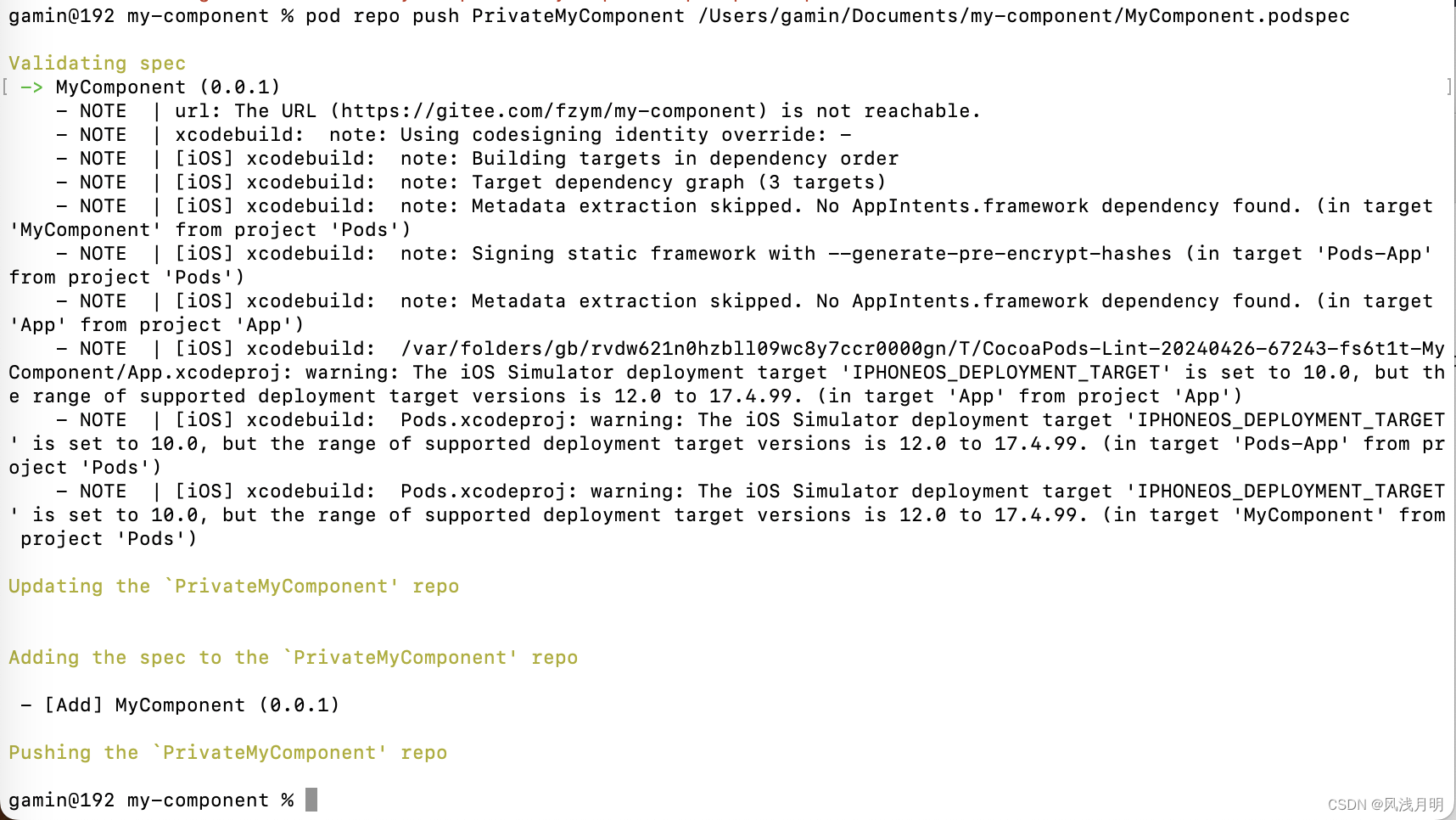
重命名仓库:
如果需要重命名仓库,你可以这样做:
$ pod repo remove OldPrivateRepoName
$ pod repo add NewPrivateRepoName https://github.com/yourusername/PrivatePodSpecs.git查看所有已添加的仓库:
如果你忘记了你为私有仓库设置的本地别名 PrivateRepoName,你可以很容易地查看你的 CocoaPods 配置来找到所有已添加的私有仓库及其别名。这可以通过在终端运行一个简单的命令来完成。
$ pod repo list6.使用你的私有库
在项目的 Podfile 中指定你的私有 Spec 仓库和库:
source 'https://github.com/yourusername/PrivatePodSpecs.git'
source 'https://cdn.cocoapods.org/'
platform :ios, '10.0'
target 'YourTarget' do
use_frameworks!
pod 'YourLibrary', '~> 0.0.1'
end然后运行:
$ pod install7.更新库
当你需要更新你的库时:
- 更新你的库代码。
- 修改 Podspec 文件中的版本号,并确保更新 tag。
- 推送新代码到你的库的 Git 仓库,并创建相应的新 tag。
- 将更新后的 Podspec 推送到私有 Spec 仓库:
$ pod repo push PrivateRepoName YourLibrary.podspec- 在使用该库的项目中,运行
pod update来拉取最新版本。
8.管理权限
由于你的库和 Spec 仓库是私有的,确保只向需要的团队成员和合作者提供访问权限。

![[<span style='color:red;'>iOS</span>]<span style='color:red;'>使用</span><span style='color:red;'>CocoaPods</span><span style='color:red;'>发布</span>公开<span style='color:red;'>库</span>](https://img-blog.csdnimg.cn/direct/528d008590a04847a450b9b8620f88ab.png)
![[<span style='color:red;'>iOS</span>]<span style='color:red;'>CocoaPods</span>安装和<span style='color:red;'>使用</span>](https://img-blog.csdnimg.cn/direct/33ca34f0a14047c4b21e23b6364641f6.png)

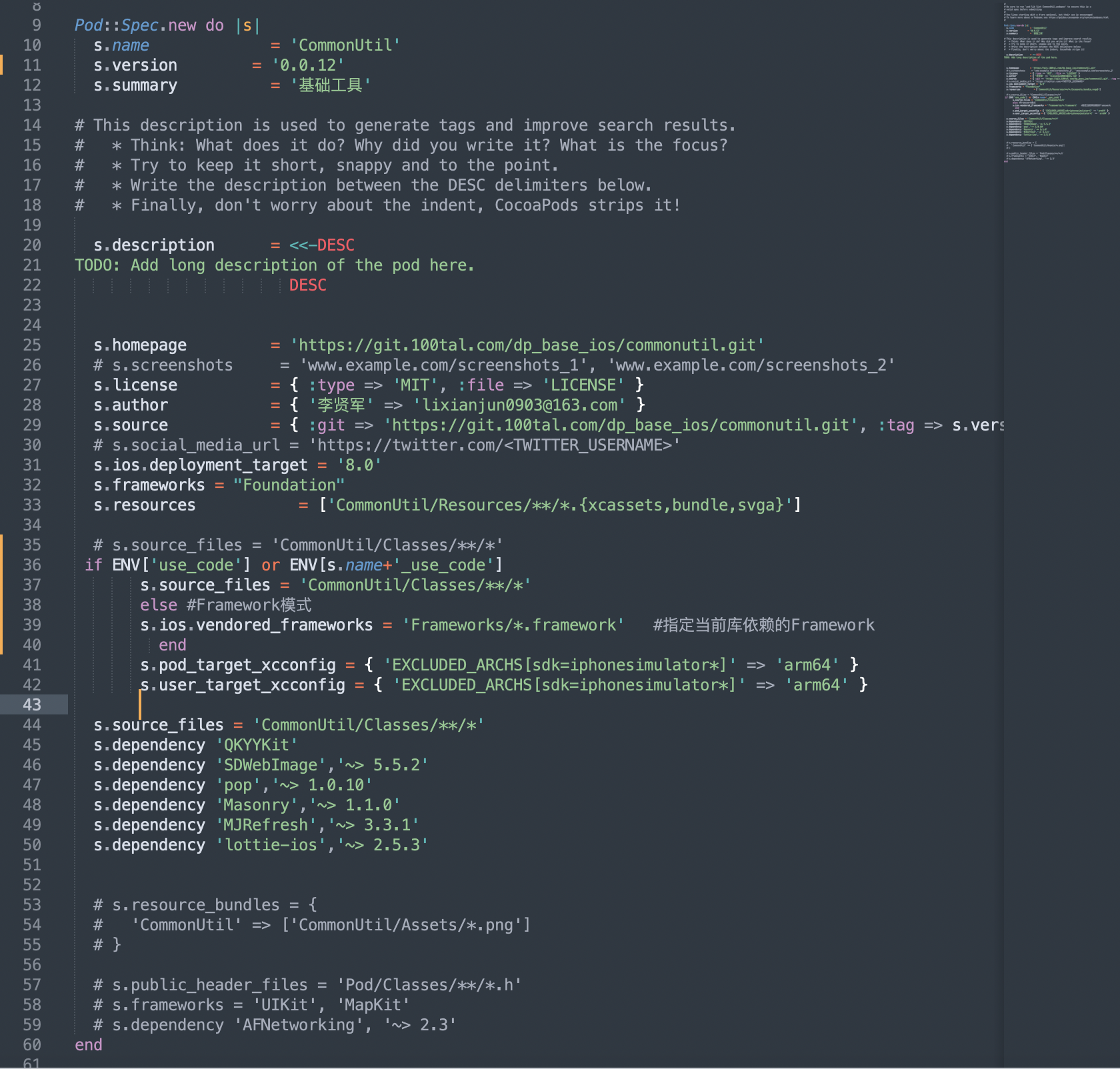

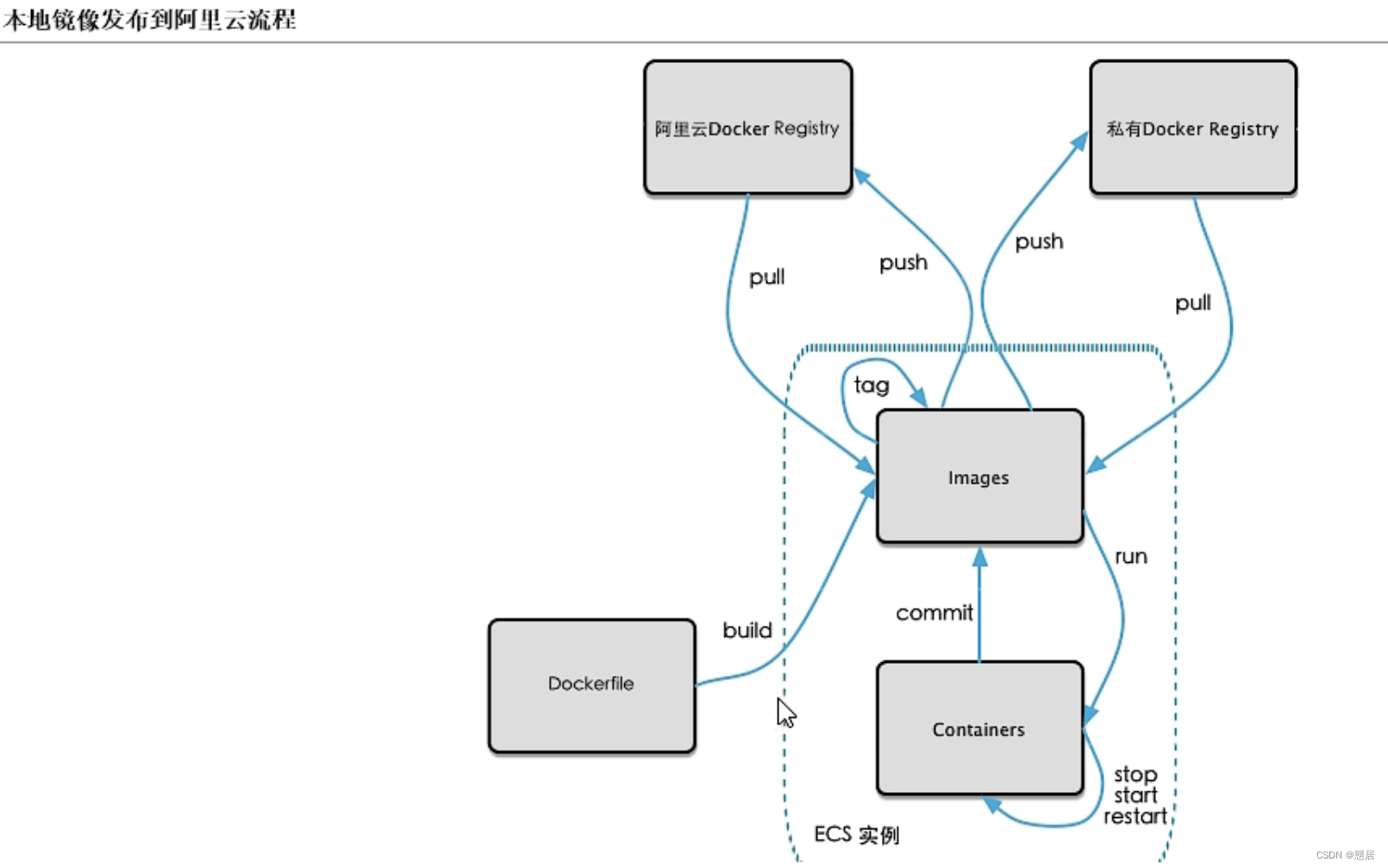

















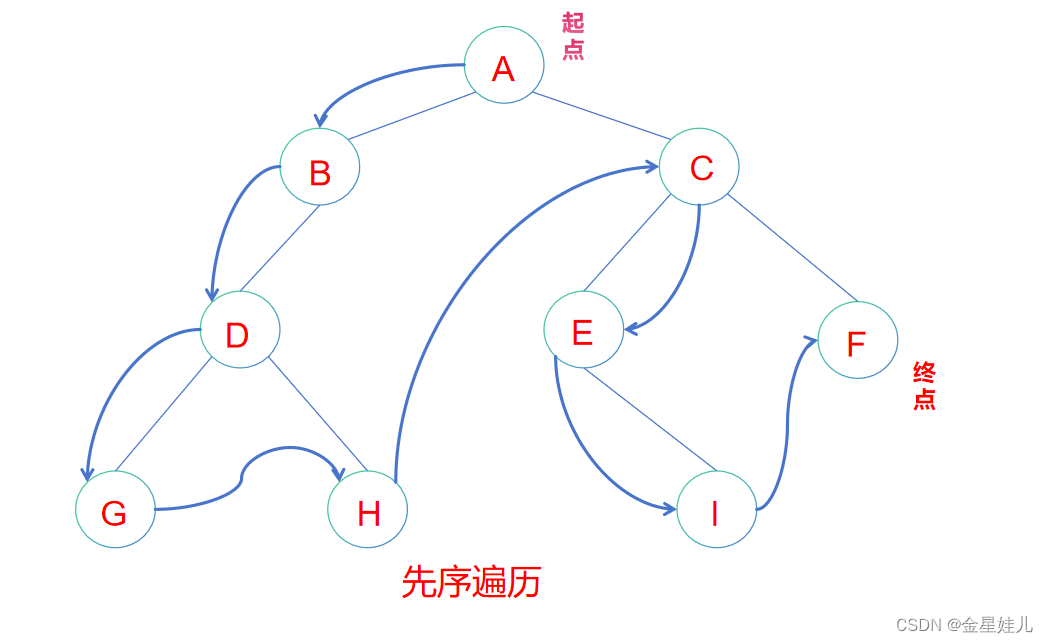




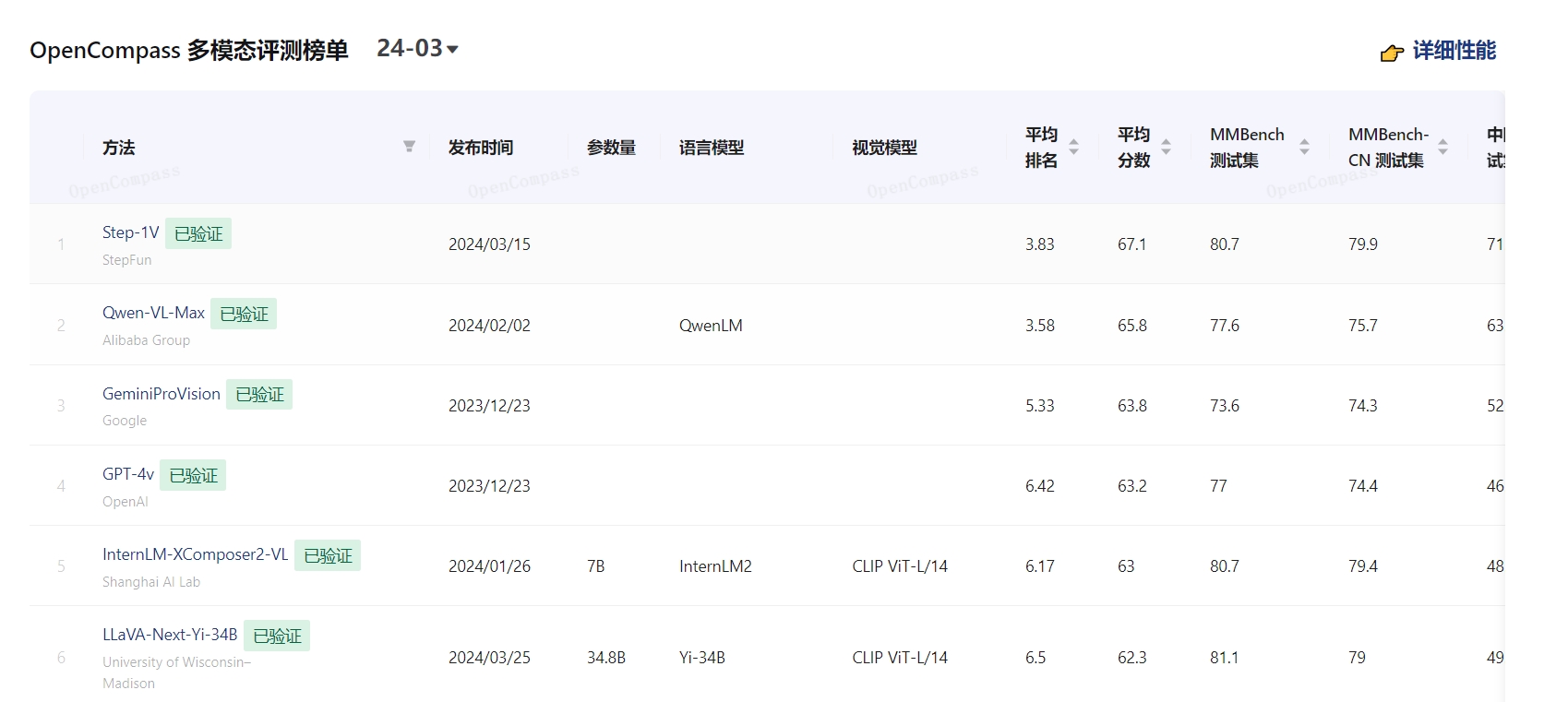
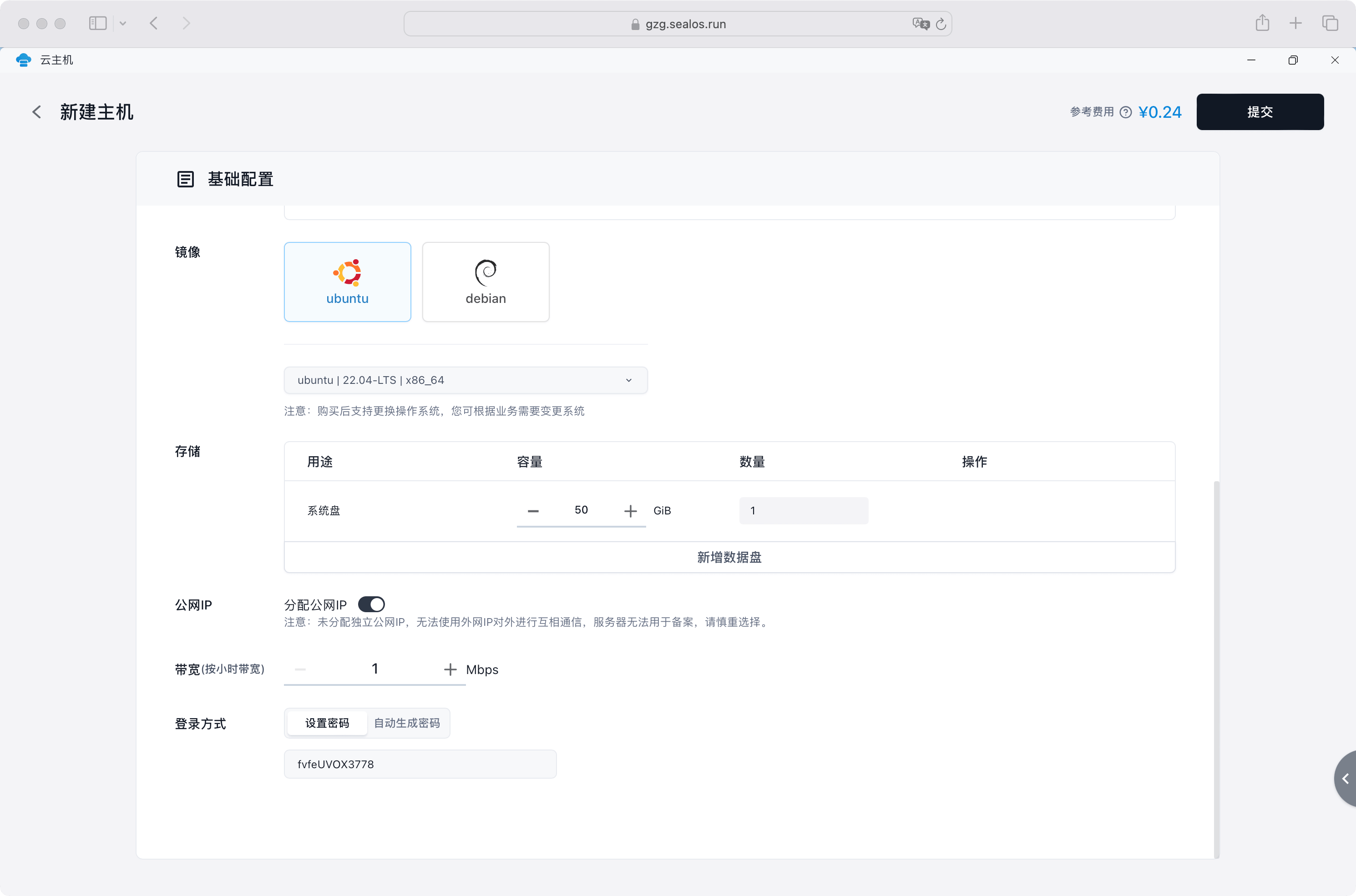
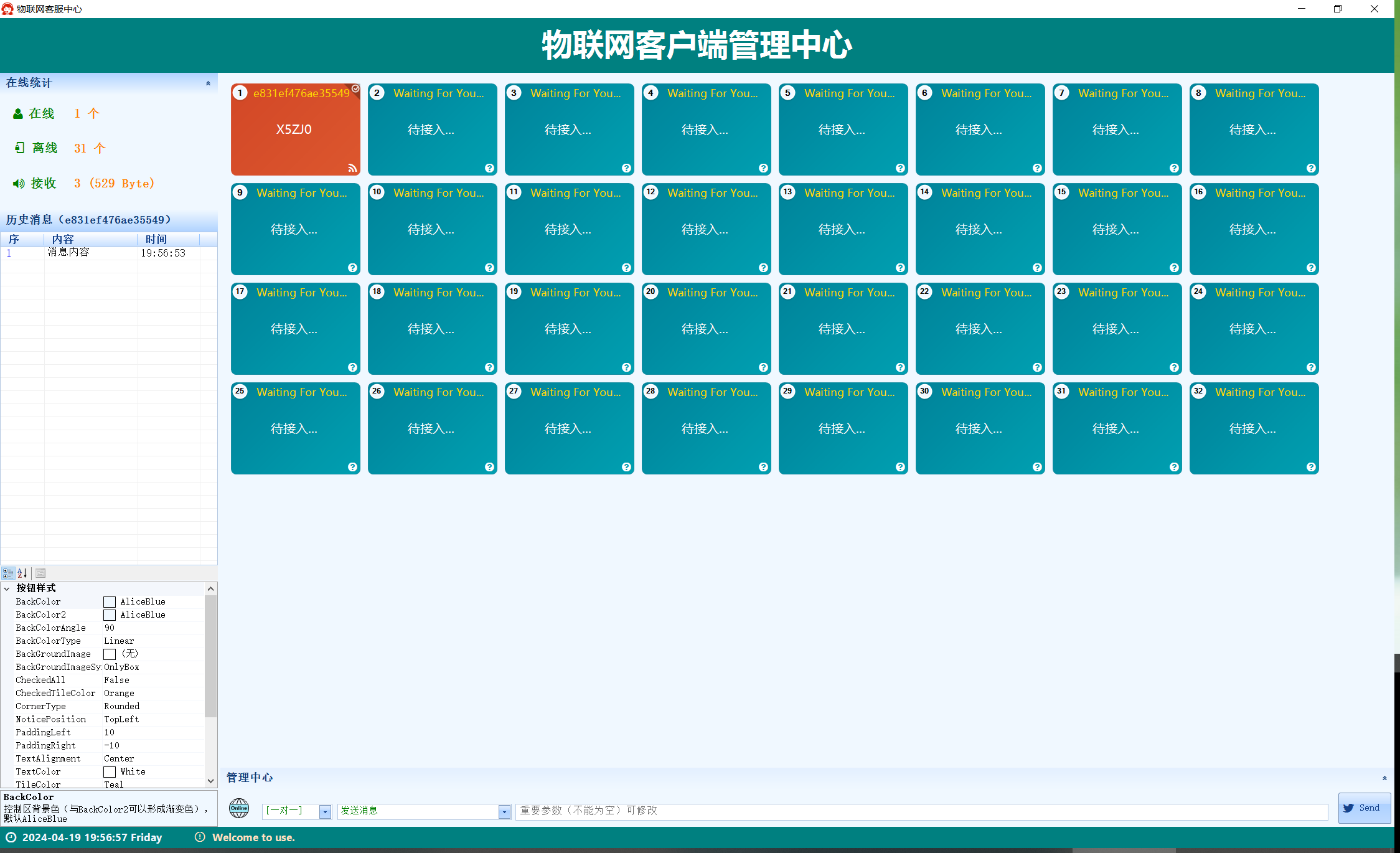








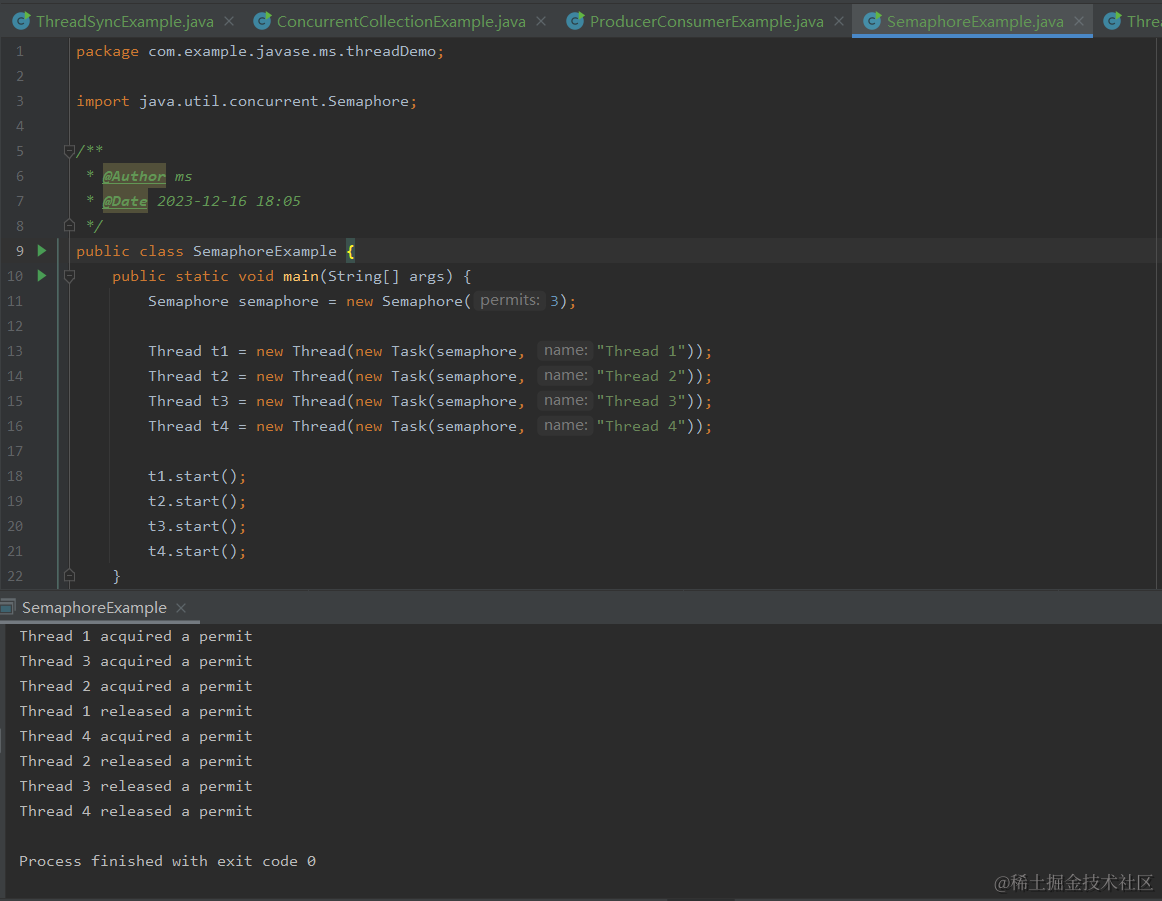
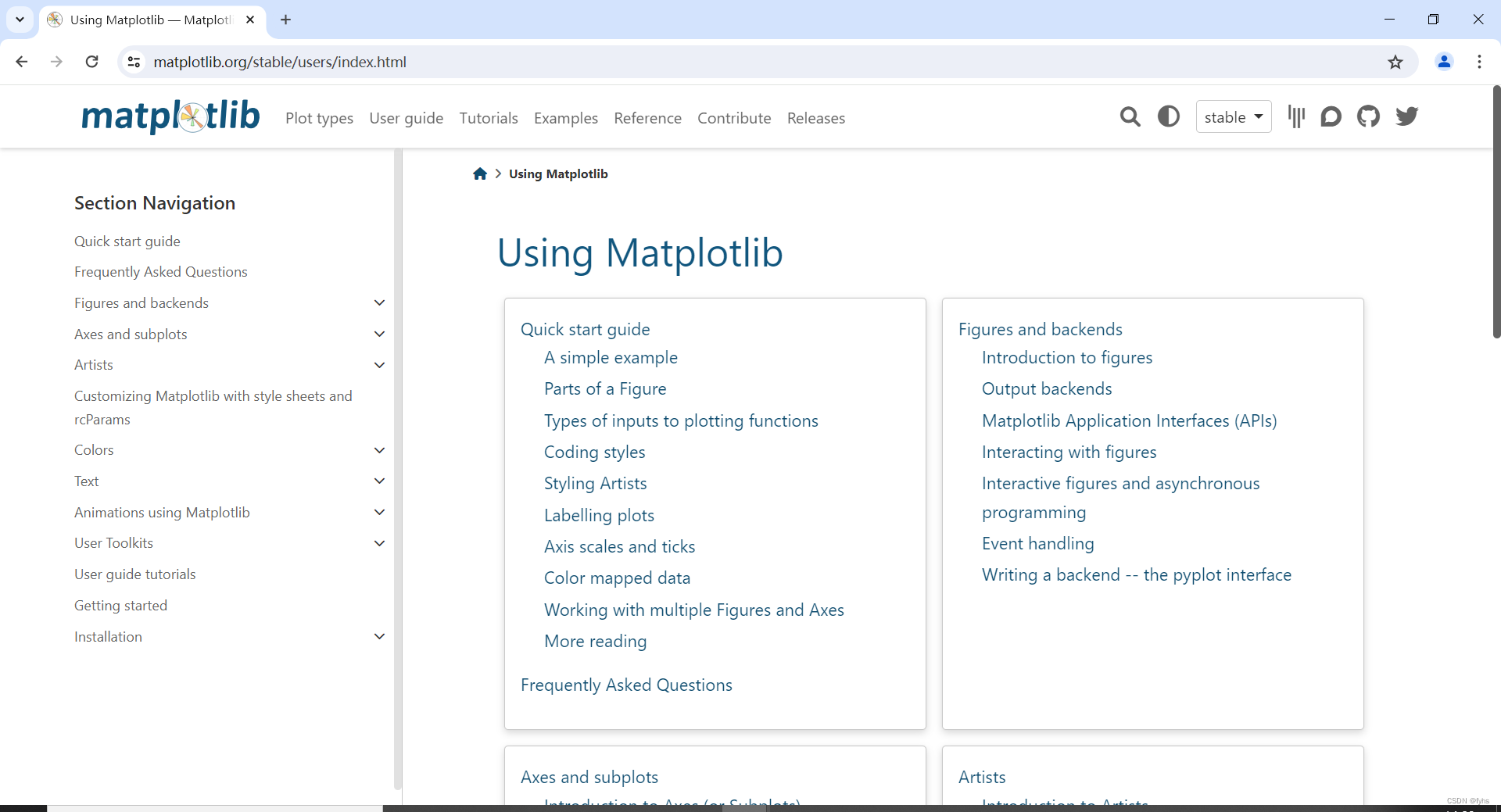


![[华为OD] 给航天器一侧加装长方形或正方形的太阳能板 100](https://img-blog.csdnimg.cn/direct/0644c1be516044b2b1b2298227b36948.png)

